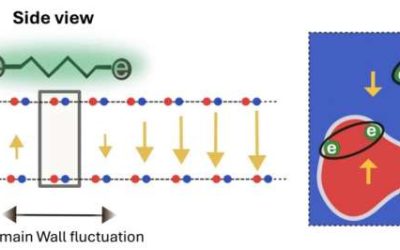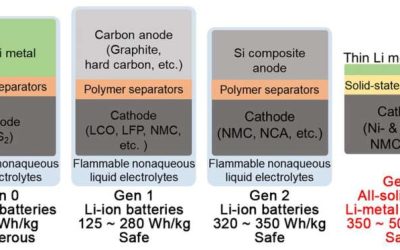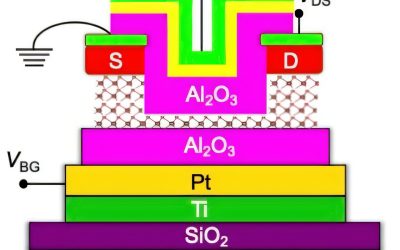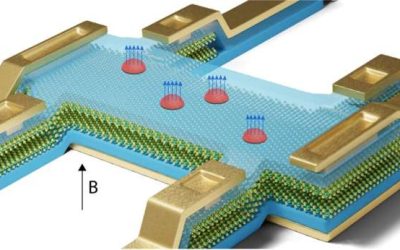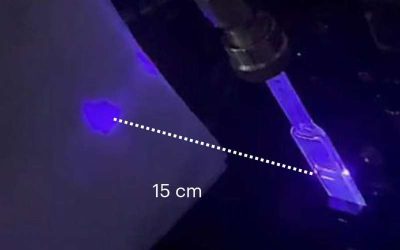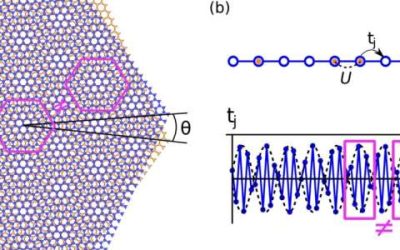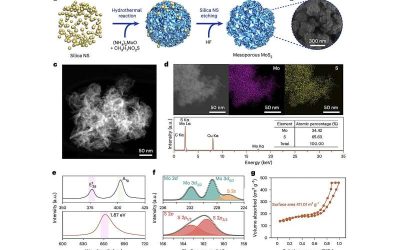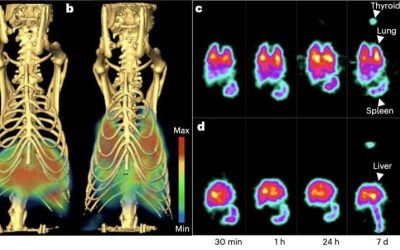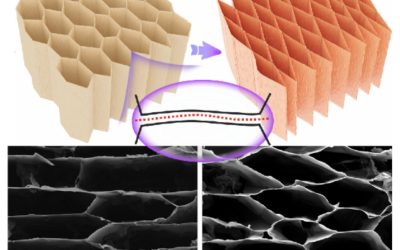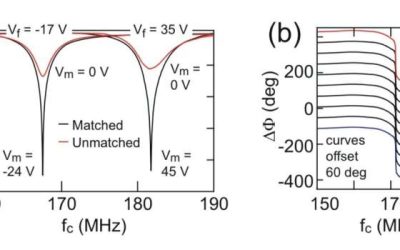Two-dimensional (2D) van der Waals are made of atomically thin layers, held together by weak van der Waals forces. These materials have been the focus of numerous studies, as their unique properties make them ideal for studying various exotic and rare physical...
Nanotechnology
New superionic conducting electrolyte could enhance stability of all-solid-state lithium metal batteries
All-solid-state lithium metal batteries (LMBs) are promising energy storage solutions that incorporate a lithium metal anode and solid-state electrolytes (SSEs), as opposed to the liquid ones found in conventional lithium batteries. While solid-state LMBs could...
2D materials boost p-type transistor performance, paving way for future tech
After dominating the electronics industry for decades, conventional silicon-based transistors are gradually approaching their limits, which is preventing engineers from further reducing their size without affecting their performance. To continue advancing portable...
New method realize ohmic contacts in n-type MoS₂ transistors at cryogenic temperatures
Semiconducting transition metal dichalcogenides (TMDs) are a class of layered materials exhibiting unique optoelectronic properties that could be leveraged to develop transistors, sensors and other nanoelectronics. Despite their advantages, creating robust ohmic...
New blue light-emitting lasers leverage low-toxicity colloidal quantum dots
Blue lasers, lasers that emit a light beam with a wavelength between 400 nm and 500 nm, are key components of various technologies, ranging from high-resolution displays to printers, medical imaging tools and data storage solutions. A key advantage of these lasers is...
Quasiperiodicity changes the ground-state properties of 1D narrow-band moiré systems, study demonstrates
Moiré materials, such as twisted bilayer graphene, are materials generally formed by stacking two or more layers of 2D materials on top of each other with a small lattice mismatch. This slight mismatch creates a unique pattern known as the moiré pattern, which is...
Mesoporous MoS₂ strategy boosts efficiency and stability of perovskite solar cells
The efficiency and performance of photovoltaics (PVs) have improved significantly over the past decades, which has led to an increase in the adoption of solar technologies. To further enhance the performance of solar cells, energy researchers worldwide have been...
Experiments demonstrate precise delivery of nanoparticles to lung via caveolae pumping system
In recent years, bio-medical engineers have been developing promising techniques that could help diagnose diseases or precisely target specific regions inside the human body. Among these promising therapeutic strategies are methods that rely on the use of...
New fabrication strategy enhances graphene aerogel sensitivity and durability for human-machine interfaces
In recent years, researchers have synthesized various new materials that could be used to develop more advanced robotic systems, devices and human-machine interfaces. These materials include graphene aerogels, ultralight, porous and graphene-based materials comprised...
New varactor enhances quantum dot device measurements at millikelvin temperatures
The development of quantum computing systems relies on the ability to rapidly and precisely measure these systems' electrical properties, such as their underlying charge and spin states. These measurements are typically collected using radio-frequency resonators,...

